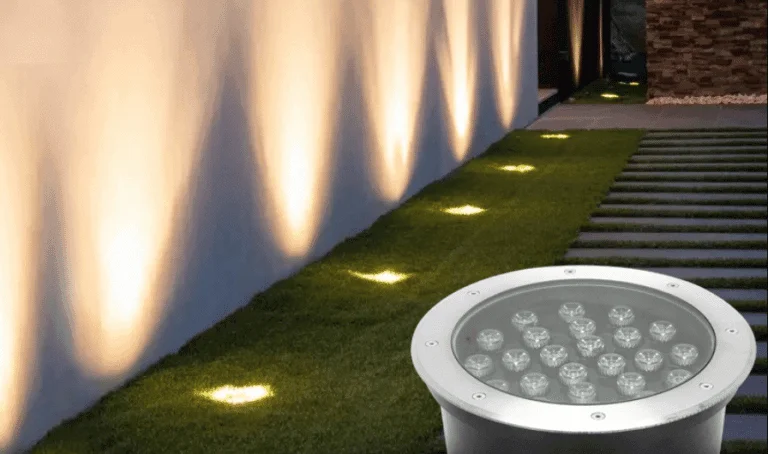The Steps Involved in Air Conditioning Installation

The process of air conditioning installation can be complex depending on the needs of your home or workspace as well as the size and configuration of the building. The process may also involve evaluating unique factors such as individual room sizes, the quality of the insulation in the building and climate conditions. If you’re curious about the process of installing an air conditioner or you’re wondering whether air conditioning installation is right for you, this article will break down all of the steps involved when it comes to installing an air conditioner.
H2: Selecting a System
The first step in the air conditioning installation process is to select the appropriate system for your needs and desired comfort level. There are many different manufacturers of air conditioners, and the quality of the products on offer can vary widely. When selecting the best system for your space, consider your budget, the size of the space you want to cool and how often the air conditioner will realistically be used.
Planning & Design
Once the appropriate system has been selected, the next step involves planning the air conditioning installation within your space’s current design configuration. This includes determining the optimal location for the indoor and outdoor units, as well as the placement of ductwork and vents if applicable. Proper planning is essential to ensure efficient air distribution and minimise energy consumption.
Preparing the Installation Site
Before air conditioning installation work can begin, the site where the unit will be installed must be prepared to ensure the air conditioner can be installed correctly and safely.
This may involve:
- Removing any obstacles that could obstruct the space
- Installing any necessary electrical and plumbing connections
- Preparing mounting brackets or supports for the indoor and outdoor units
- Ensuring the site is safe and accessible for the air conditioning installation team
Installing the Indoor Unit
With the site prepared, the air conditioning installation process will typically begin with the indoor unit. This process involves:
- Mounting the indoor unit onto the wall or ceiling, depending on the type of air conditioner
- Connecting the electrical and refrigerant lines to the unit
- Securing the unit in place with appropriate brackets or supports
- Installing the air filter and any additional indoor components, such as a thermostat or control panel
Installing the Outdoor Unit
After the indoor unit has been installed, the next step is to install the outdoor unit which works simultaneously with the indoor unit. This usually involves:
- Positioning the outdoor unit on a flat, stable surface or mounting it on a wall or rooftop if necessary
- Connecting the electrical and refrigerant lines from the indoor unit
- Ensuring debris around the unit is cleared to ensure adequate airflow for optimal performance
Connecting the Ductwork (for Ducted Systems)
If a ducted air conditioning system has been chosen, the air conditioning installation process will also involve connecting the ductwork and possibly creating new ducts in the building.
This process includes:
- Installing ducts throughout the property if there are none in place already, often within the ceiling or wall cavities
- Connecting the ducts to the indoor unit and air vents in each room
- Sealing all duct connections to prevent air leaks and maximise efficiency
- Insulating the ducts to minimise heat transfer and improve energy efficiency
Testing & Commissioning the System
Once all components have been installed during the air conditioning installation, the system must be tested and commissioned to ensure it operates efficiently and effectively. This is the final process in the overall installation process and will consist of:
- Checking all connections and fittings for leaks
- Charging the refrigerant system according to the manufacturer’s specifications
- Testing the electrical connections and controls for proper operation
- Adjusting airflow and temperature settings for optimal performance and comfort
Ensuring the system meets relevant safety and performance standards once the air conditioning installation is complete




